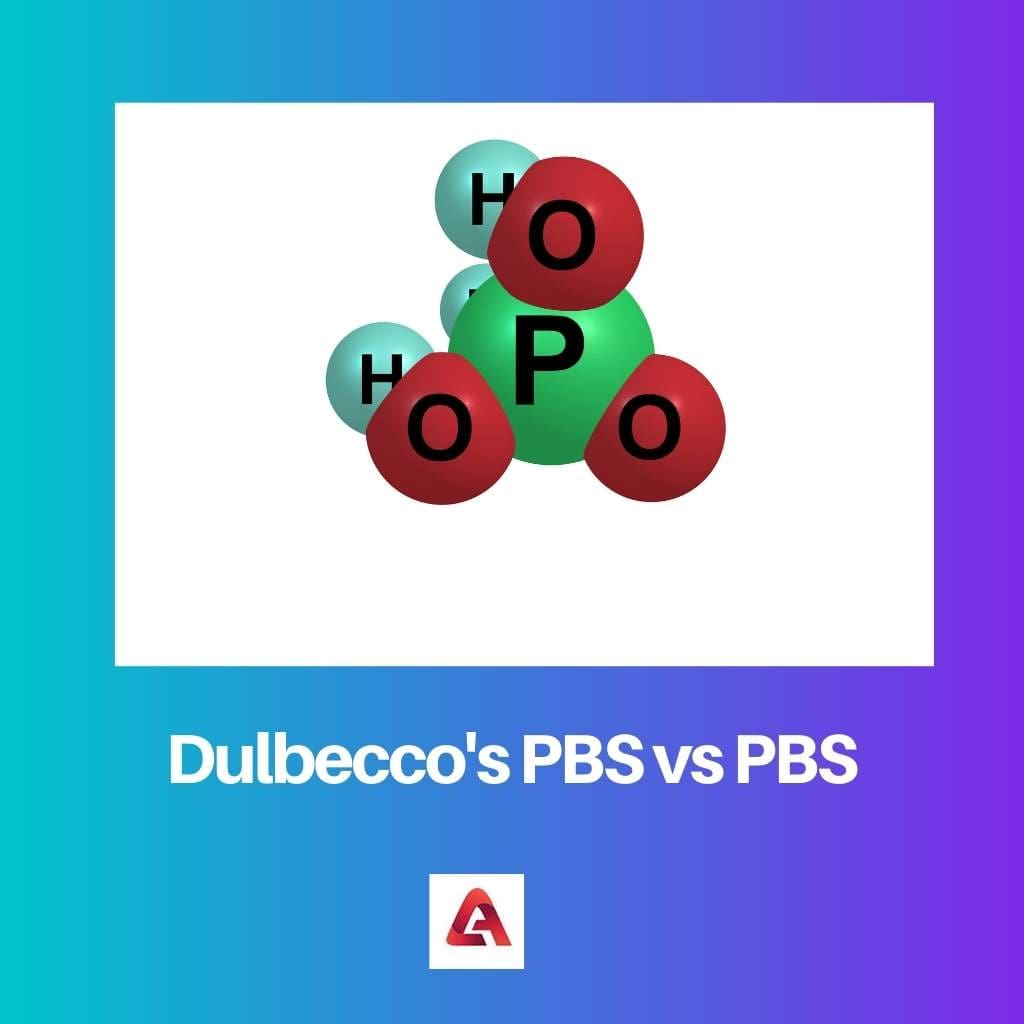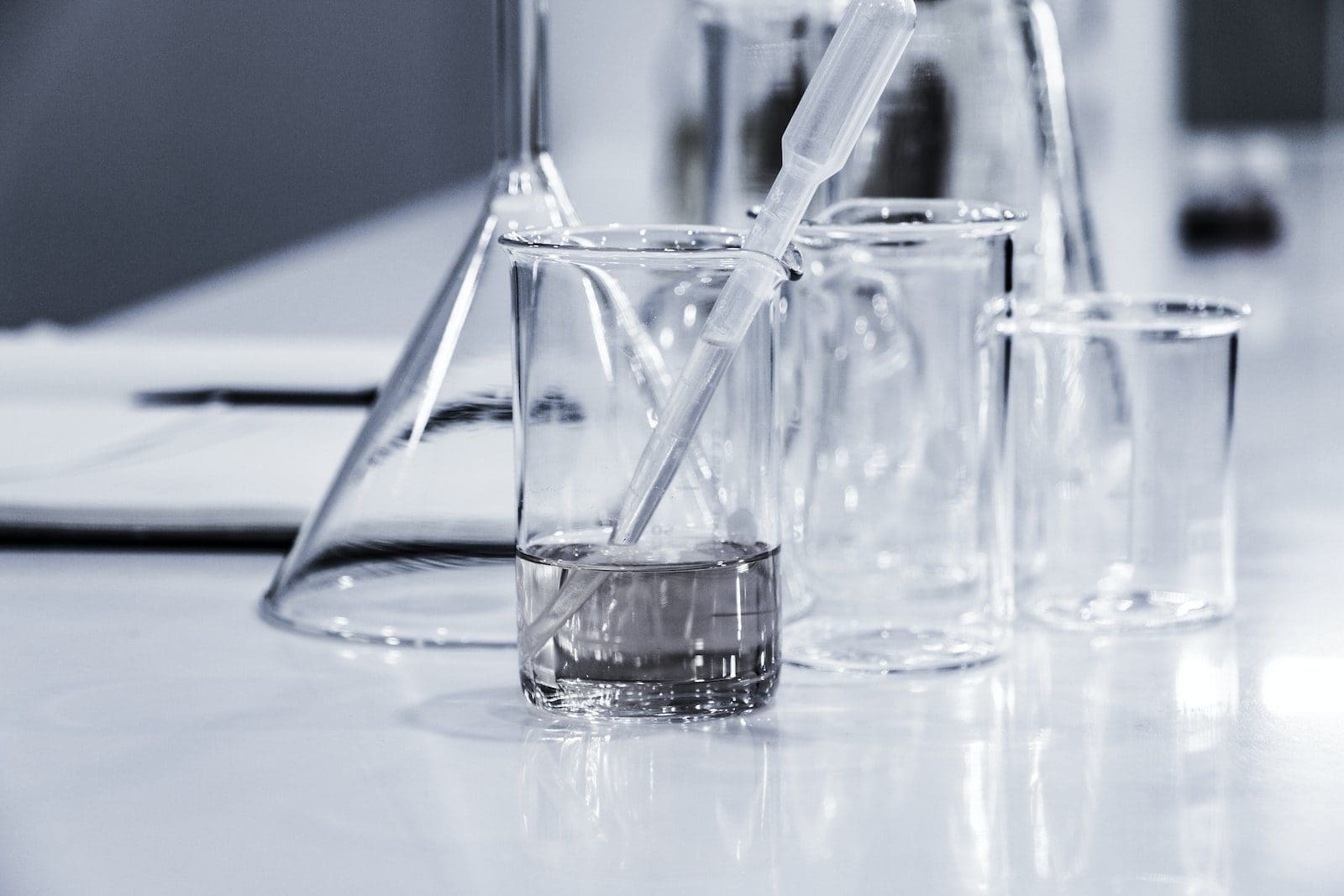For the regular updating and new research in the field of biology and chemicals, many substances, particles, and equipment are used in the process. Dulbecco’s PBS and PBS are one of those important things. These are water-based solutions.
The purpose of their use is to balance and maintain consistent pH in biological and chemical applications that are needed for various tests, research, and experiments.
Though people may get confused between these two as they both are colorless, water-based solutions that mainly help in tissue building, there are some slight differences between them.
Key Takeaways
- Dulbecco’s PBS is phosphate-buffered saline that contains additional minerals and nutrients. At the same time, PBS is a simple salt solution commonly used in biological and medical research.
- Dulbecco’s PBS is used for the culturing of cells. In contrast, PBS is used for various applications, such as washing cells and tissues and preparing biological samples for analysis.
- Due to the additional components, Dulbecco’s PBS is more expensive than PBS but can provide better cell culture results.
Dulbecco’s PBS vs PBS
Even though both of these solutions are used in biological research, Dulbecco’s PBS has a different composition in comparison to the original PBS. Dulbecco’s PBS might contain calcium and magnesium, but standard PBS does not have these chemicals.

Dulbecco’s PBS is a buffer solution that is really vital, especially in acid chemistry. These are those solutions that are highly stable in pH. t has many uses, like the tubes’ rinsing, diluting substances, etc.
PBS is a water-based solution that mainly contains disodium hydrogen phosphate and sodium chloride. It plays an important role in cell biology, preventing cell rupturing and shriveling.
It means it does not destroy the cell or make it wrinkle or shrink; hence, it doesn’t mess with the experiment.
Comparison Table
| Parameters of Comparison | Dulbecco’s PBS | PBS |
|---|---|---|
| Abbreviation | Dulbecco’s phosphate-buffered saline | phosphate-buffered saline |
| Definition | A buffer solution used for many purposes in biological research mainly maintains the constant pH level. | A water-based composition made up of sodium chloride and hydrogen phosphate, which is highly stable in the pH level. |
| Calcium or magnesium | The solution of DPBS might contain calcium or magnesium according to the needs of the solution. | PBS does not hold calcium or magnesium generally. |
| Standard pH | 7.2-7.6 | 6.8 – 7.4 |
| Concentration of phosphate | It is lower in Dulbecco’s PBS than in PBS. | The concentration of phosphate is higher in PBS solution. |
What is Dulbecco’s PBS?
Dulbecco’s PBS is a water-based solution used for the purpose of biological research. The color of the solution is Clear. It is a Colourless Solution.
The main use of this particular solution is to maintain the PH in a cell while experimenting so they don’t get expanded or contracted. Other purposes include cleaning and preserving cells with the help of other substances.
One of the main things that make it different than the standard PBS is the concentration of phosphate. It is lower than the PBS solution. But like PBS, it is also compatible with the human body.
Dulbecco’s PBS, which doesn’t contain Calcium (Ca) or Magnesium (Mg), is also known as CMF-PBS (Calcium-Magnesium free) PBS.
The base solution includes Sodium Chloride, Potassium Chloride, Sodium phosphate, potassium Phosphate, Potassium Phosphate, and calcium and magnesium in some experiments. Also, the addition of Phenol red is up to the person using it in their respective experiment.
All over, it is a BSS, that is, a balanced salt solution. The Recommended storage temperature is 2-8 °C. If the solution becomes turbid, that is, the conversion of liquid into a more thick substance, it should be discarded.

What is PBS?
PBS is an abbreviation for phosphate-buffered saline. It is used for tissue processing and for the maintenance of pH. Since it is isotonic to humans, it is safe for use as it has fewer chances to cause toxicity or cell damage during any experiment or research.
Though they are safer than other chemicals used, the cells shouldn’t be kept in the solution for a long period of time since, after a while, they might be the chance to undergo some extra time, and the cells might die because of over-stressing.
The main components include Sodium chloride(NaCl), Sodium phosphate (KCl), Potassium chloride (Na2HPO4), and Potassium phosphate(KH2PO4). Aside from maintaining the level of pH, it is used to clean the containers, dry molecules, and dilute certain substances.
It is isotonic to the human body as the ion concentration and osmolality, that is, the solution of two or more substances in terms of osmoles, making it safer than other substances, and hence, it is used for many vital purposes.

Main Differences Between Dulbecco’s PBS and PBS
- The concentration of Dulbecco’s PBS is different from the regular PBS solution. Dulbecco’s PBS is lower than the concentration of PBS.
- Dulbecco’s PBS might have magnesium or calcium as additives in it, but in comparison, PBS does not have them in its solution.
- The main use of Dulbecco’s PBS is cell tonicity and viability. In contrast, PBS is mostly used to maintain a constant level of pH.
- PBS’s main components include: containing disodium hydrogen phosphate and sodium chloride. In opposite to this, Dulbecco’s PBS is slightly lower in phosphate concentration Dulbecco’s.
- Dulbecco’s PBS might contain red phenol in its solution. On the other hand, the original PBS does not contain Phenol red.
- The standard pH level of Dulbecco’s PBS is 7.2 to 7.6. And on the comparison, the standard pH level of PBS solution is 6.8 to 7.4.
- https://currentprotocols.onlinelibrary.wiley.com/doi/abs/10.1002/0471143030.cb0901s00
- https://www.sciencedirect.com/science/article/abs/pii/S0010938X16300026

I appreciate the clear and concise manner in which the article presents the comparison between Dulbecco’s PBS and PBS. Well done!
Absolutely, the clarity of the content is commendable.
This article was a bit dry and failed to engage me on a personal level.
I respect your view, but I believe the detail and clarity of the content make up for the perceived lack of engagement.
The content of this article is presented in a way that makes it accessible and easy to comprehend.
I share your sentiment, the article effectively simplifies complex scientific concepts.
I found the information to be quite useful in expanding my understanding of these solutions.
Absolutely, the article certainly aids in demystifying the differences between Dulbecco’s PBS and PBS.
I beg to differ, this article doesn’t offer anything particularly insightful or useful.
I found the style of writing to be engaging and informative.
I respectfully disagree, the depth of the explanation was quite useful in my opinion.
The information presented in this article is beneficial and addresses various aspects of the topic quite comprehensively.
I couldn’t agree more, the level of detail is impressive.
This article seems overly redundant, I didn’t gain any new insights from reading it.
Odd, I actually found the comparison quite useful. It’s interesting how different people can perceive the same information differently.
I find this article very informative and I appreciate the detailed explanation about the differences between Dulbecco’s PBS and PBS, it has clarified all my doubts!
I couldn’t agree more, the detailed comparison table is particularly insightful.
I completely agree, this article provides a comprehensive overview of the topic at hand.
The author did an excellent job of outlining the key differences between Dulbecco’s PBS and PBS. I feel well-informed after reading this article!
Absolutely, I now have a greater understanding of the practical applications of these solutions.
I found the article to be quite intriguing. The detailed explanation about the different uses of Dulbecco’s PBS and PBS was particularly enlightening.